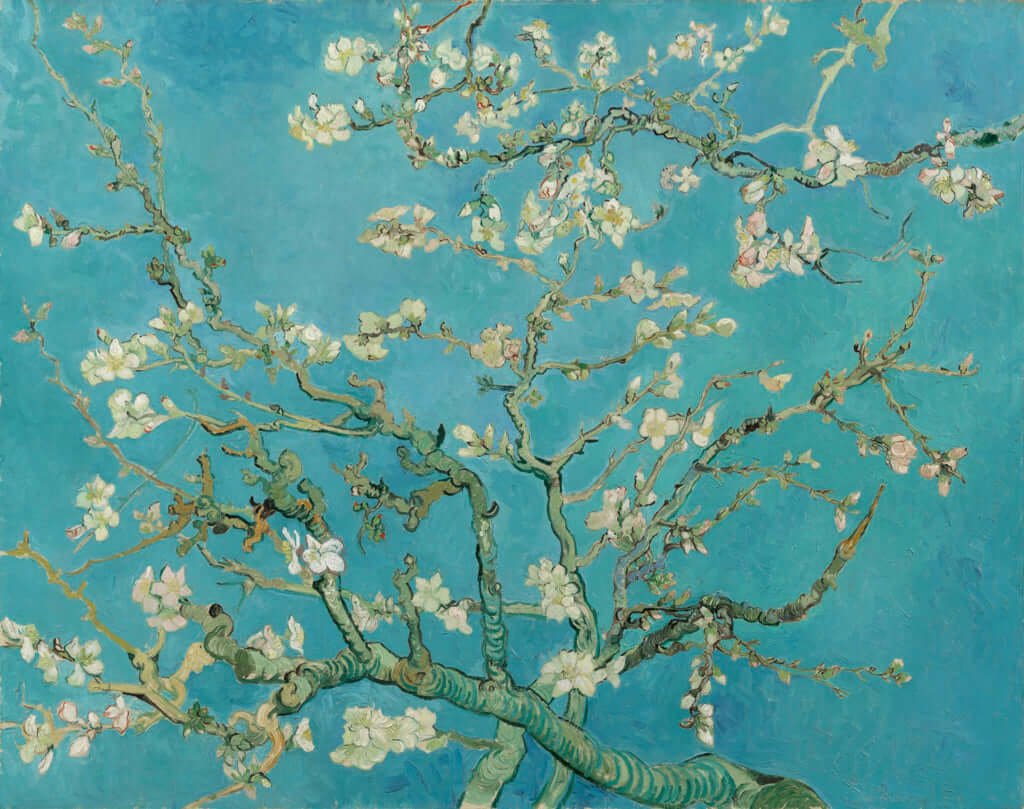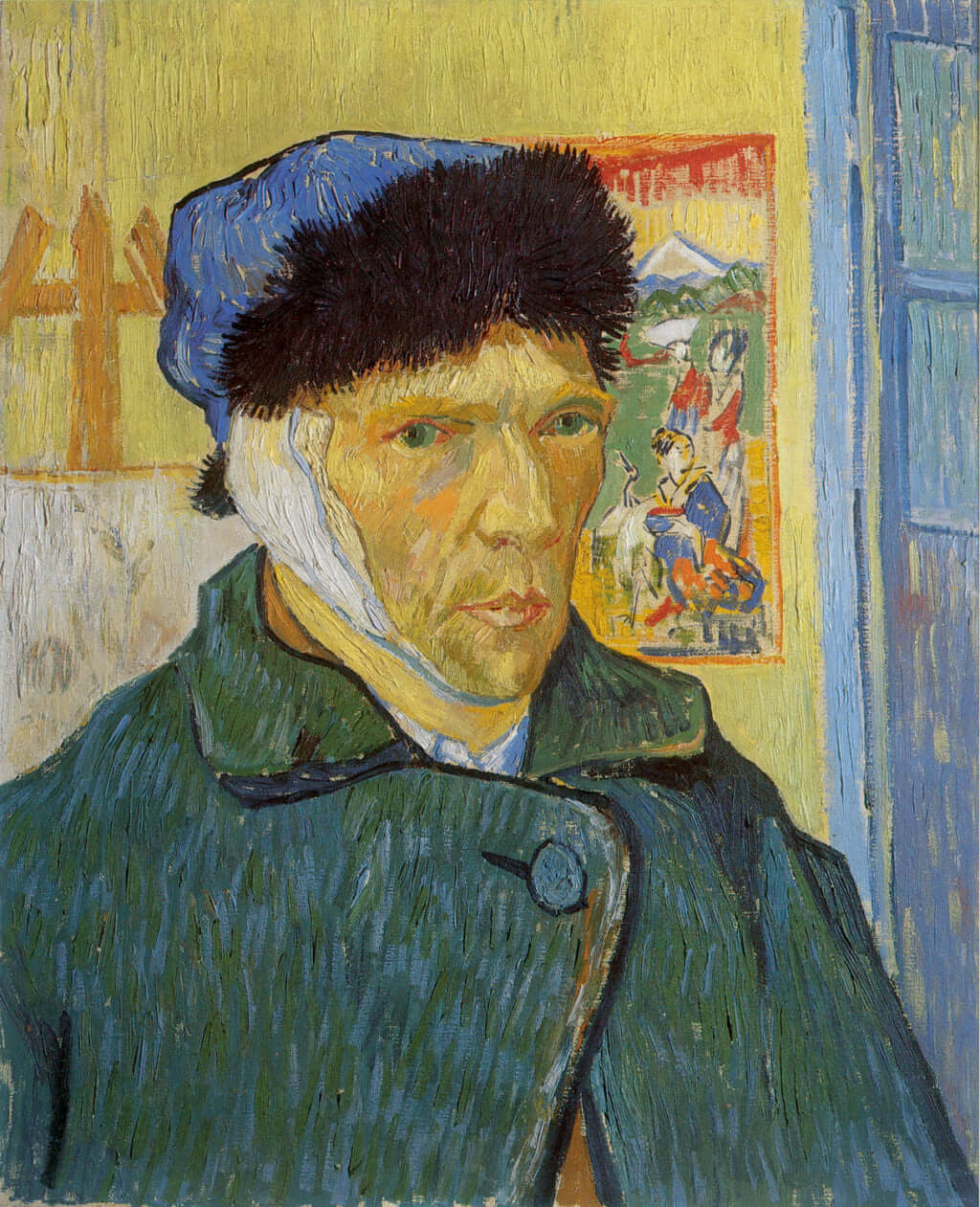Van Gogh and Japan: A Love Story
Van Gogh never once set foot in Japan, but his work was heavily influenced by Japanese artistic production.

‘Courtesan (after Eisen)’, Vincent van Gogh (1853 - 1890), Paris, October-November 1887 © Van Gogh Museum, Amsterdam (Vincent van Gogh Foundation)
The impressionist painter discovered Japan through prints. Fascinated by the work of 19th-century masters like Utagawa Hiroshige, known for his pieces depicting Edo and Mount Fuji, and Katsushika Hokusai, famous for his Great Wave off Kanagawa, Vincent van Gogh would collect over 600 of their engravings. Their techniques were assimilated into the Dutch artist’s work in an increasingly subtle way, as the painter formed his own vision of this Japanese aesthetic over the years.
In Amsterdam, the Van Gogh & Japan exhibition held in 2018 at the Van Gogh Museum retraced this moment in the painter’s life, when he was living in Paris and had devoted himself fully to his new-found passion for Japanese art. It featured his own masterpieces, as well as around a hundred paintings from his personal collection. For those who were unable to attend the exhibition, the Van Gogh Museum offers an in-depth analysis of the relationship between Vincent Van Gogh and Japan.
Van Gogh & Japan (2018), was an exhibition of Vincent Van Gogh’s artwork at the Van Gogh Museum that took place from March 23 to June 24 2018.

‘Almond Blossom’, Vincent van Gogh (1853 - 1890), Saint-Rémy-de-Provence, February 1890 © Van Gogh Museum, Amsterdam (Vincent van Gogh Foundation)

‘Bridge in the Rain (after Hiroshige)’, Vincent van Gogh, October-November 1887 © Van Gogh Museum, Amsterdam (Vincent van Gogh Foundation)

‘Self-Portrait with Bandaged Ear’, Vincent van Gogh, 1889, The Samuel Courtauld Trust, The Courtauld Gallery, London
TRENDING
-
A House from the Taisho Era Reveals Its Secrets
While visiting an abandoned building, Hamish Campbell discovered photographs the owner had taken of the place in the 1920s.

-
The Taboo-Breaking Erotica of Toshio Saeki
The master of the 1970s Japanese avant-garde reimagined his most iconic artworks for a limited box set with silkscreen artist Fumie Taniyama.

-
With Meisa Fujishiro, Tokyo's Nudes Stand Tall
In the series 'Sketches of Tokyo', the photographer revisits the genre by bringing it face to face with the capital's architecture.

-
Masahisa Fukase's Family Portraits
In his series ‘Family’, the photographer compiles surprising photos in which he questions death, the inescapable.

-
Hajime Sorayama's Futuristic Eroticism
The illustrator is the pioneer for a form of hyperrealism that combines sensuality and technology and depicts sexualised robots.





